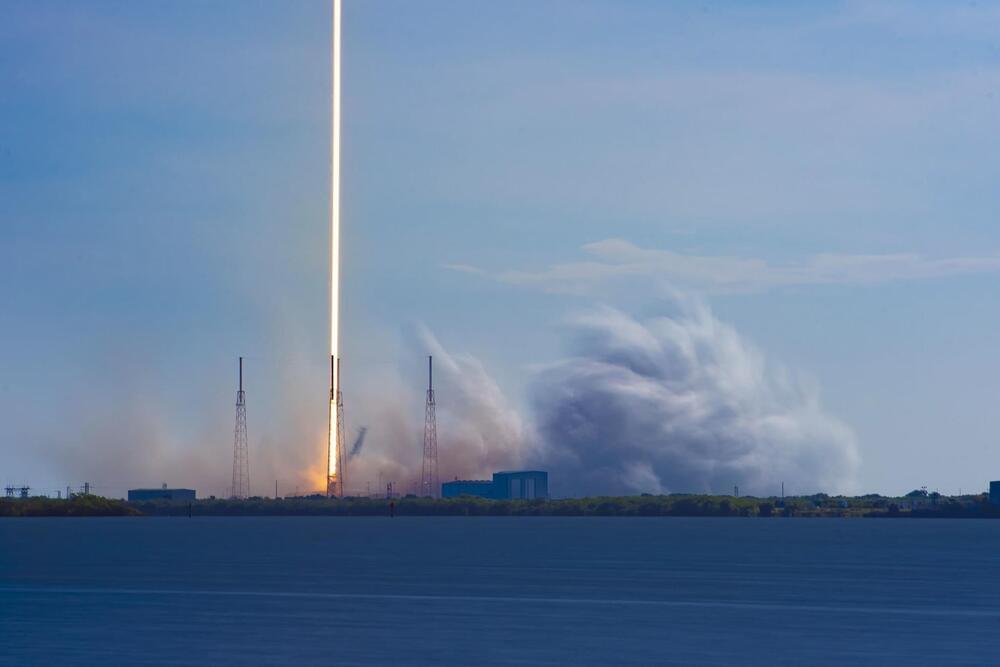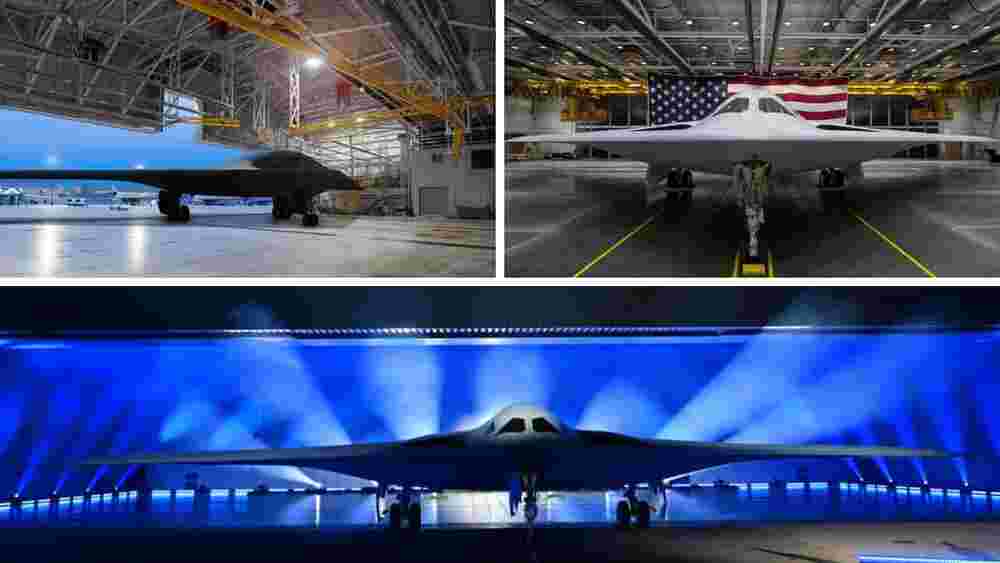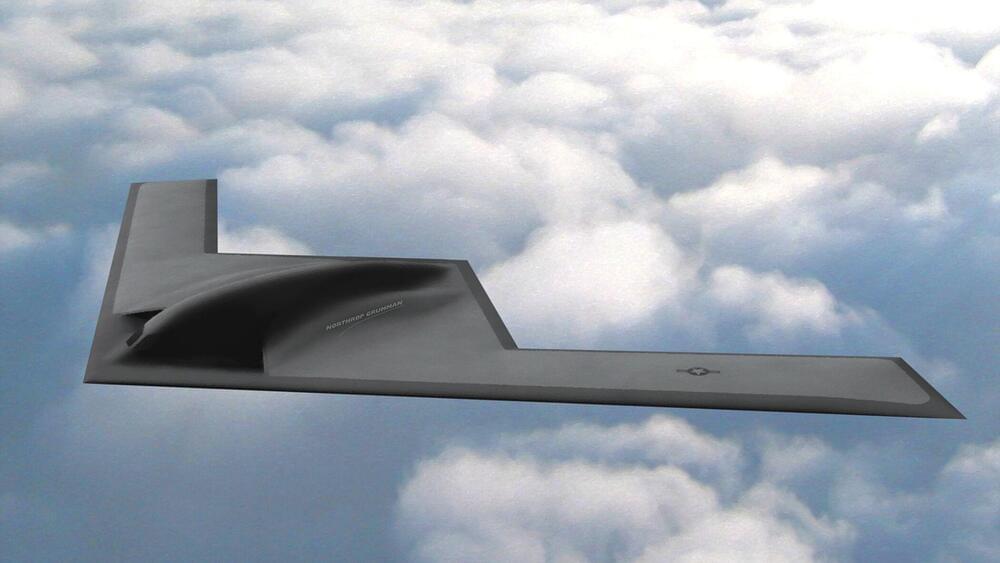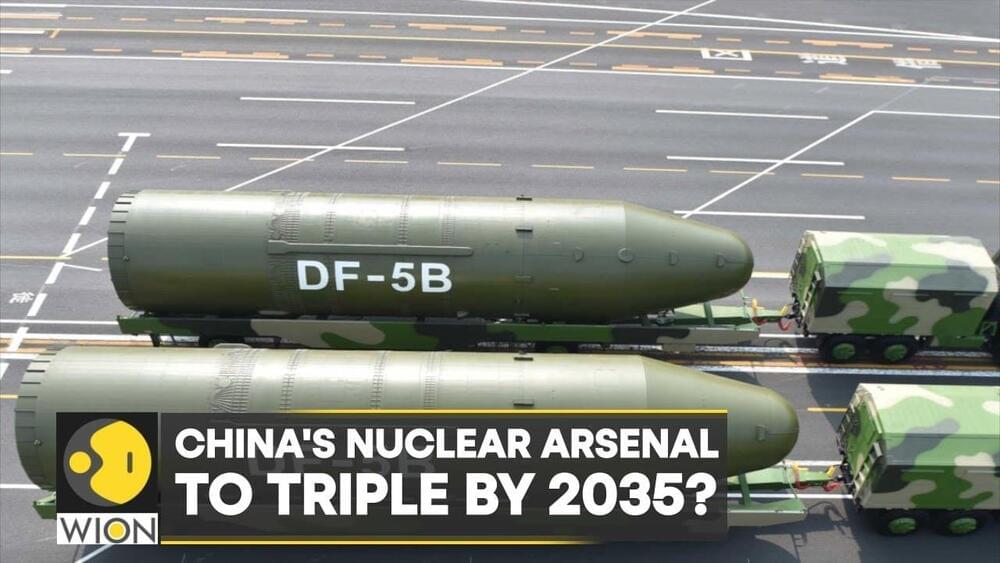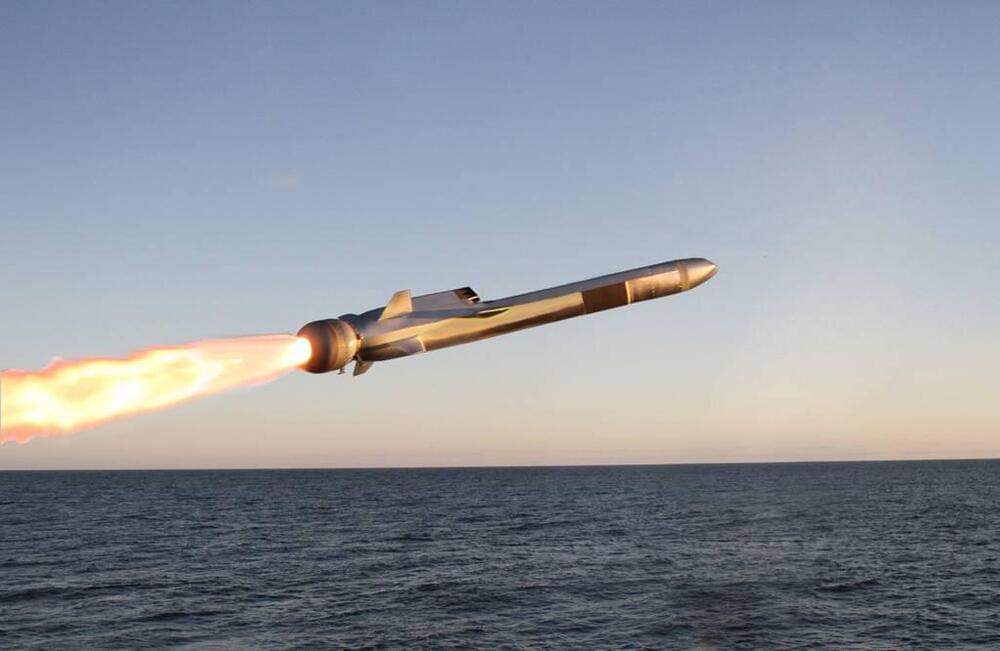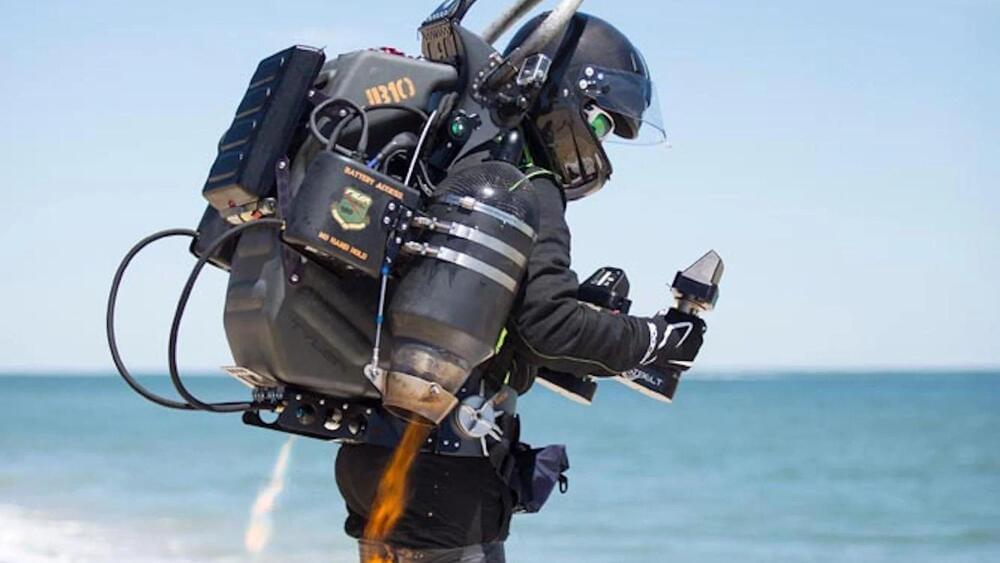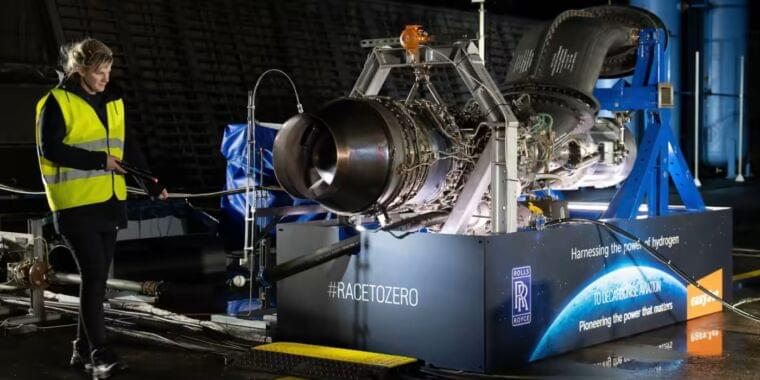Dec 6, 2022
SpaceX rolls out new business line focused on military satellite services
Posted by Eric Klien in categories: business, government, internet, military, satellites, surveillance
SpaceX revealed a new business segment called Starshield aimed at U.S. national security government agencies. “While Starlink is designed for consumer and commercial use, Starshield is designed for government use, with an initial focus on three areas: Earth observation, communications and hosted payloads,” the company said on its website.
This is a big deal as SpaceX is currently burning through $2 billion/year as it works to develop Starlink and Starship. So SpaceX wouldn’t mind some extra cash!
WASHINGTON — SpaceX on Dec. 2 revealed a new business segment called Starshield aimed at U.S. national security government agencies.
Continue reading “SpaceX rolls out new business line focused on military satellite services” »
